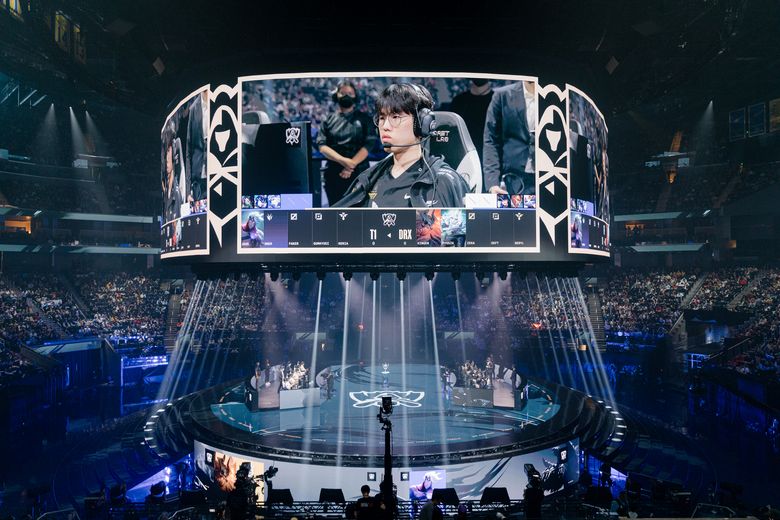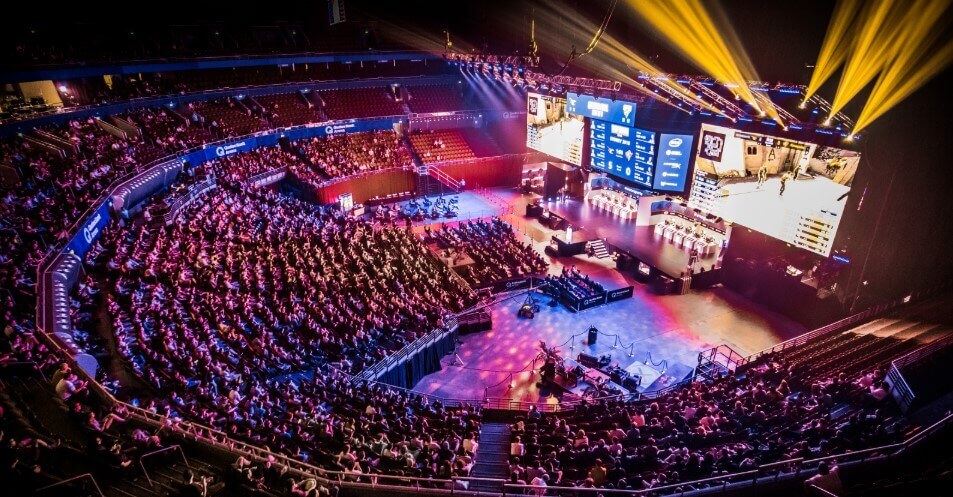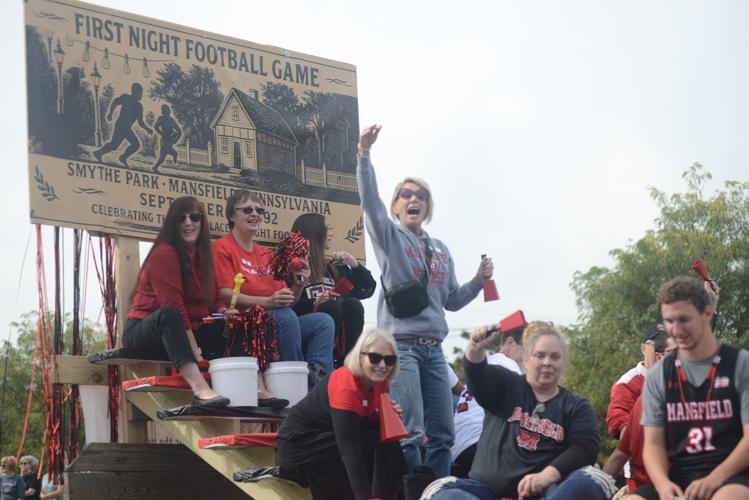The stereotypical image of a solitary gamer in a dimly lit room is a relic of a bygone era. Today, the world of video games is defined by connection, collaboration, and community. Far from being a niche subculture, the global gaming community is a sprawling, multifaceted ecosystem that functions as a powerful cultural and economic engine. It’s a digital nation with its own languages, leaders, economies, and social structures. As the gaming industry continues its meteoric rise, understanding the intricate dynamics of these communities is no longer just for players; it’s essential for developers, marketers, and even policymakers. These communities are evolving from grassroots movements into officially recognized entities, capable of shaping technological trends, driving billion-dollar markets, and creating entirely new career paths. This article delves into the anatomy of the modern gaming community, exploring its structure, its profound impact on the gaming industry, and the future it is actively building.
The Anatomy of a Modern Gaming Community
At its core, a gaming community is a network of individuals united by a shared passion for a specific game, genre, or platform. However, this simple definition belies a complex and highly organized social structure that operates across numerous digital and physical spaces. These communities are not monolithic; they are a vibrant tapestry of diverse roles, platforms, and cultural norms that collectively create a rich and engaging experience that extends far beyond the game itself.
Digital Campfires: The Platforms of Connection
The modern gaming community congregates in various digital spaces, each serving a distinct purpose. Forums like Reddit (e.g., r/gaming, r/pcgaming) act as central hubs for deep discussions, sharing Game Reviews, and disseminating Gaming News. Discord has emerged as the de facto real-time communication tool, allowing players to organize groups for FPS Games like Valorant or coordinate massive guilds in the latest MMORPG News. Meanwhile, platforms for Game Streaming like Twitch and YouTube Gaming have become the grandstands of the digital age. Here, charismatic personalities broadcast their gameplay, fostering personality-driven micro-communities. These platforms are the primary source for Twitch News and are where trends related to PlayStation News, Xbox News, and Nintendo News often gain viral momentum.
From Players to Participants: The Roles Within the Ecosystem
A thriving community is composed of more than just players. It’s a dynamic ecosystem of various participants, each contributing in their unique way:
- Content Creators: Streamers, YouTubers, and podcasters who create content around games, influencing everything from purchasing decisions for Gaming Laptops to strategies in Competitive Gaming.
- Esports Athletes: The professional players who compete at the highest level in titles covered by Esports News, such as League of Legends News or Counter-Strike News, inspiring millions of fans.
- Modders and Creators: The lifeblood of PC Gaming culture, these individuals create Game Mods that can dramatically alter or extend a game’s life. The modding scenes for AAA Games like The Elder Scrolls V: Skyrim or Indie Games like Minecraft are legendary. Their work often requires deep knowledge of engines discussed in Unity News or Unreal Engine News.
- Community Managers: The official liaisons from game developers who engage with the community, gather feedback, and manage communications, playing a crucial role in shaping Game Design.
- Casual and Hardcore Players: The foundational base of the community, whose engagement, feedback, and financial support sustain the entire ecosystem, from Mobile Gaming to high-end VR Gaming.
The Economic Engine: How Communities Drive the Gaming Industry
The economic impact of the gaming community is staggering and extends far beyond initial game sales. A passionate and engaged community is one of the most valuable assets a game can have, directly influencing its commercial success and long-term viability. This influence is exerted through direct spending, content creation, and the formation of massive esports economies.

Direct Monetization and Player Investment
An engaged community is a spending community. Players invested in a game’s world and its social fabric are more likely to purchase downloadable content (DLC), cosmetic items, and season passes. Games-as-a-service titles, particularly in the Battle Royale genre like Fortnite and Apex Legends, have perfected this model. The community’s desire for self-expression and status within the game drives a multi-billion dollar market for virtual goods. This extends to the physical world, with players investing heavily in high-performance Gaming Hardware. A new, demanding Game Release can trigger a wave of upgrades to Graphics Cards, Gaming Monitors, and complete Gaming PCs. Likewise, dedicated players invest in specialized Gaming Peripherals like low-latency Gaming Mice, mechanical Gaming Keyboards, and immersive Gaming Headsets. For enthusiasts of specific genres, this can mean high-end Racing Wheels for simulation racing or complex Flight Sticks for flight simulators.
The Creator Economy and Influencer Marketing
The rise of Game Streaming has created a powerful new economic layer. Top streamers are major influencers whose opinions can make or break a new title. A popular streamer playing a new Indie Game on Twitch can lead to an explosive increase in sales on platforms like Steam, a phenomenon often tracked in Steam News. Developers and hardware manufacturers recognize this power, pouring significant marketing budgets into sponsoring creators. This symbiotic relationship fuels the creator economy, where skilled players and entertainers can build lucrative careers, while the Gaming Industry gains an authentic and effective marketing channel that traditional advertising struggles to replicate. This directly impacts sales of everything from Gaming Chairs to the latest Gaming Tech.
Esports: The Pinnacle of Community-Driven Competition
Esports News is now a staple of mainstream sports coverage, and this entire industry is built on the foundation of passionate gaming communities. Games with high skill ceilings like the MOBA Games Dota 2 and League of Legends, or tactical shooters like Valorant and Counter-Strike, foster intensely dedicated competitive scenes. The community forms the audience, the amateur talent pool, and the consumer base for team merchandise and event tickets. The success of an esport is directly proportional to the health of its underlying community. Major tournaments, broadcast to millions, are massive spectacles that drive player engagement, attract non-endemic sponsors, and solidify a game’s place in the broader Gaming Culture.
Development and Longevity: The Community as a Co-Creator
The most forward-thinking developers no longer view their relationship with players as a one-way street. Instead, they embrace the community as a vital partner in the development process and a key factor in a game’s long-term success. This collaborative approach leads to better games, longer product lifecycles, and deeper player loyalty.
The Power of Feedback and Early Access
Platforms like Steam Early Access have revolutionized Game Development. Developers can release a game in an unfinished state, allowing the community to play, provide feedback, and report bugs. This iterative process, when managed well, helps developers fine-tune gameplay, balance mechanics, and prioritize features based on what players actually want. This direct line of communication can be invaluable, helping to avoid costly mistakes and ensuring the final product resonates with its target audience. This model has been successfully used by countless Indie Games and is increasingly being adopted for larger AAA Games.

Case Study: The Modding Scene
Perhaps no phenomenon better illustrates the community’s role as co-creator than modding. Game Mods are modifications made by players that can range from simple cosmetic changes to entire gameplay overhauls. The modding community around a game like Bethesda’s Skyrim, a classic in the RPG Games genre, has kept it vibrantly alive and selling new copies more than a decade after its initial release. Modders have added thousands of hours of new content, fixed long-standing bugs, and dramatically improved the game’s graphics. This user-generated content adds immense value and longevity at no cost to the developer. Similarly, the world of Minecraft News is constantly dominated by incredible community creations and game-altering mods that redefine what is possible within its blocky universe.
Common Pitfalls: Managing Toxicity and Expectations
Engaging with a community is not without its challenges. The same passion that drives positive engagement can also fuel toxicity, harassment, and unrealistic demands on developers. Managing a large community requires robust moderation strategies and clear communication channels. Developers can fall into the trap of either ignoring valid criticism or succumbing to “design by committee,” which can dilute their creative vision. A major challenge in modern Game Development is finding the right balance between listening to the community and maintaining a clear, consistent direction for the game’s design, a struggle often highlighted in news from platforms like the Epic Games Store.
The Future is Communal: Trends and Best Practices
The role of the gaming community is set to become even more integral as technology and the industry evolve. Emerging trends point towards a future where the line between player and creator blurs even further, and communities gain more formal recognition and power.
Trends to Watch: From Cloud Gaming to Institutional Support
The growth of Cloud Gaming services will make high-end gaming accessible to a broader audience, further expanding the size and diversity of the global gaming community. We are also seeing the early stages of persistent digital worlds, or metaverses, evolving from games like Fortnite and Roblox, which are fundamentally social and community-driven platforms. On a structural level, there is a growing trend of institutional recognition. Governments and national bodies are beginning to establish official esports federations and policies to support their local gaming communities, viewing them as a source of economic growth, technological innovation, and cultural export. This formalization marks a significant shift from a grassroots hobby to a recognized and supported industry.
Best Practices for Fostering a Healthy Community
For developers, publishers, and community leaders, cultivating a positive and productive environment is paramount. Key best practices include:
- Transparency: Communicate openly and honestly about development progress, challenges, and decisions.
- Consistency: Maintain a regular and predictable cadence of communication and updates to keep the community engaged.
- Empowerment: Provide players with tools to create and share their own content, such as modding kits or level editors. Recognize and reward positive community contributors.
- Robust Moderation: Invest in tools and human moderators to swiftly address toxicity, harassment, and hate speech to ensure a safe and welcoming environment for all.
Even niche communities, like those dedicated to Retro Gaming and Game Emulation, thrive when these principles are applied, ensuring the preservation of Gaming History for future generations.
Conclusion
The gaming community has evolved far beyond a simple audience for a product. It is a living, breathing entity that actively participates in the creation, promotion, and long-term success of the games it loves. It is an economic powerhouse that drives hardware sales, fuels the creator economy, and sustains the global esports industry. It is a cultural force that creates its own norms, heroes, and narratives. As the Gaming Industry continues to grow, the developers and companies that succeed will be those who recognize the community not as a market to be sold to, but as a partner to collaborate with. By embracing transparency, providing tools for creativity, and fostering a positive environment, they can harness the immense power of their players to build experiences that are not only commercially successful but also culturally significant and enduring.











